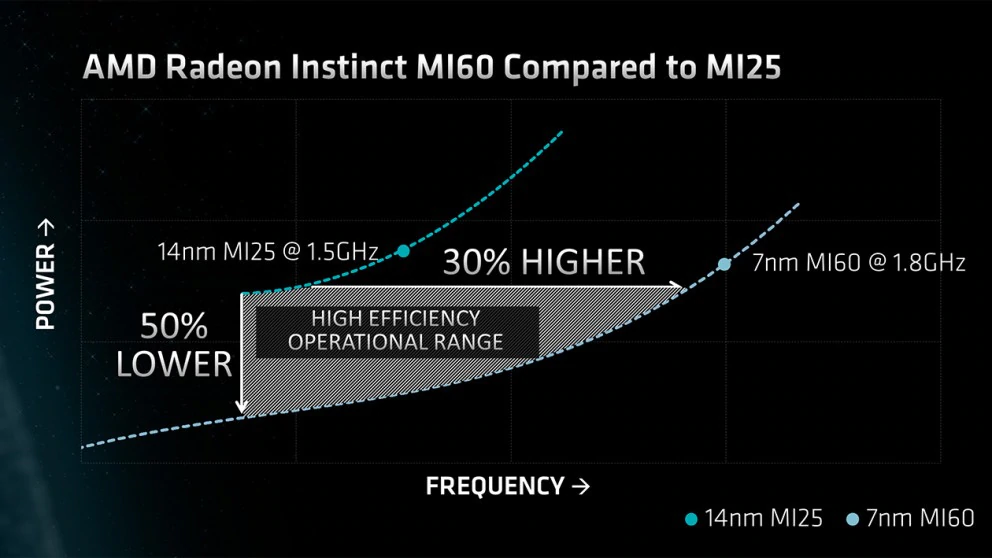Similar configurations were just conincidences, they could have just as well be bigger or smaller. It all came down to what kind of performance console makers wanted and how big of a soc they could afford. Absolutely nothing to do with similar size in certain desktop GPUs, they're designed completely separately using same "building blocks" (as the GPU portion of the console soc).
Navi 10 might or might not be midrange, but it has absolutely nothing to do with how small/big console GPUs will be. Vega was "high-end" but in reality it's top to bottom, from tiny 3 CU GPU all the way to 64 CU Vega 10 & 20
Here you go:
View attachment 3036
View attachment 3037



